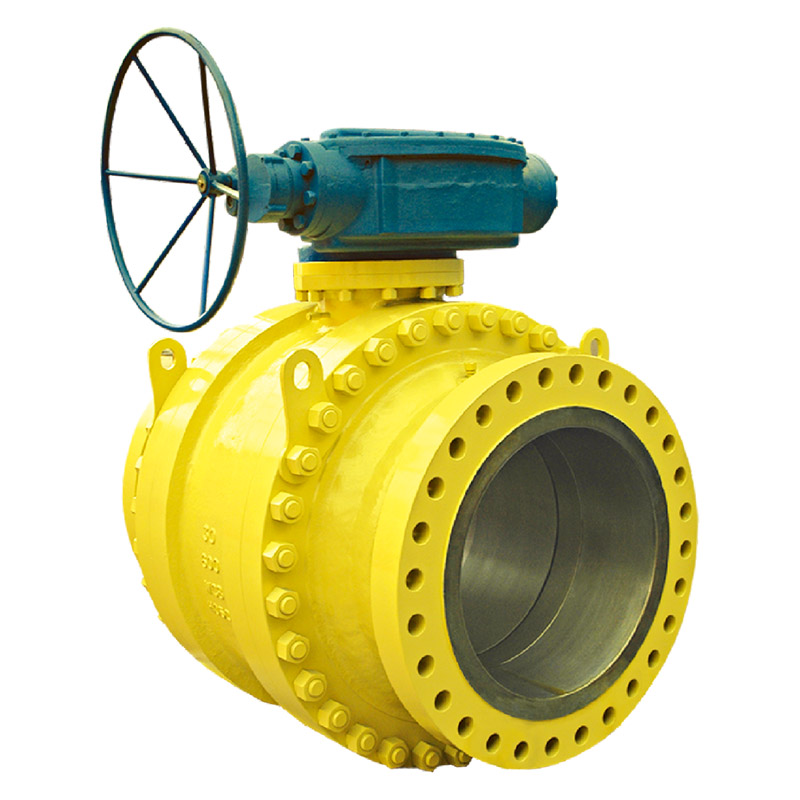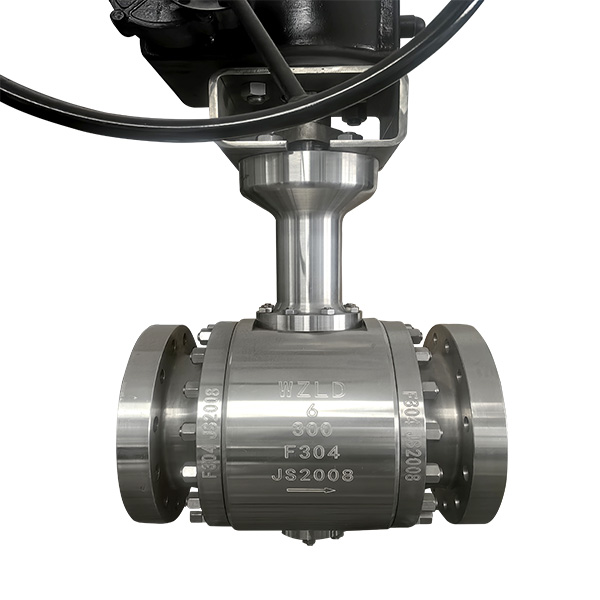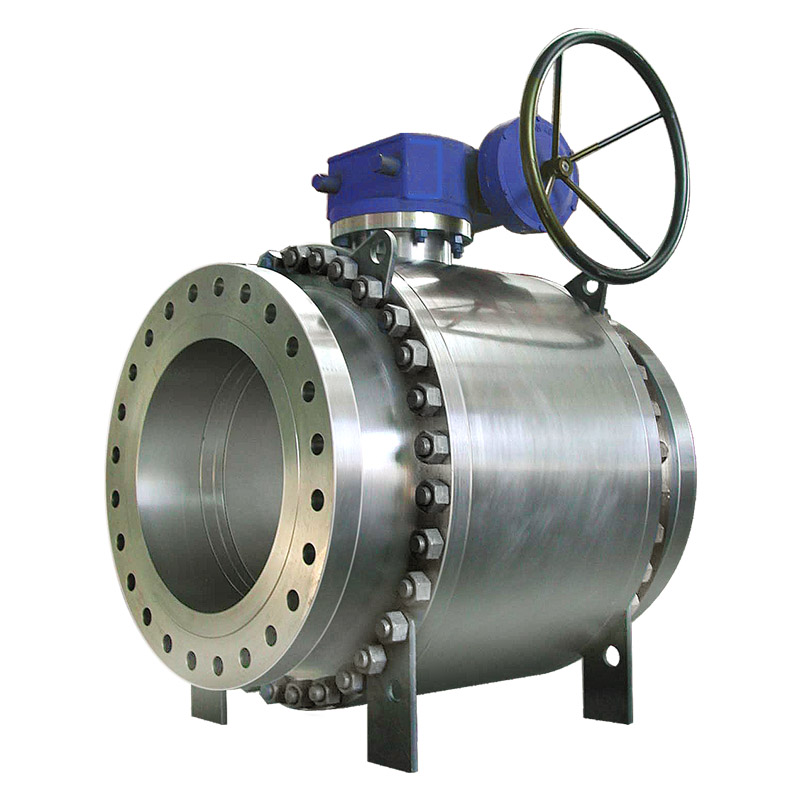Technological Breakthrough in Ball Valve Manufacturing
Earlier, China lacked the corresponding technology and materials in the field of ball valve manufacturing, so it has always been lagging behind in this regard, and imports are the main source.

In 1980, the energy industry's demand for high-pressure pipeline valves increased rapidly. Forged steel ball valves have become the first choice for long-distance pipelines due to their full-bore design and two-way sealing capabilities, slowly replacing some gate valves and stop valves to deal with the corrosion of sulfur-containing oil and gas. The NACE MR0175 standard was introduced, and the valve seat is made of nickel-plated 316 stainless steel + flexible graphite composite material, and the valve body material is upgraded to low-sulfur phosphorus alloy steel, which significantly improves the ability to resist sulfidation stress cracking. In 2002, China successfully developed Asia's first 40-inch fully welded forged steel ball valve for the West-East Gas Transmission Project. This technology replaces bolted connections with neck welding to completely solve the risk of leakage in the middle cavity, support Class 1500 (2500 PSI) ultra-high pressure conditions, and develop fire safety structures at the same time. In a fire, the graphite seal expands to form a metal hard seal, which meets the API 607/6FA standard and becomes an industry safety benchmark.

To date, forged steel ball valves account for a large proportion in the global market. WZLD's ball valves are also mainly made of forged steel. The production level of ball valves is very mature. Under the international standard API, our products fully meet the standard requirements. The standard requires that the actuator meets the API 6DX standard and the bolt material must meet the API 20E high strength standard.

Isothermal forging is to keep the billet temperature constant during the entire forming process. Isothermal forging is to make full use of the high plasticity of certain metals at isothermal temperature, or to obtain specific structures and properties. Isothermal forging requires the mold and the billet to be kept at a constant temperature, which is expensive and is only used for special forging processes, such as superplastic forming of certain metals at isothermal temperature, or to obtain specific structures and properties.